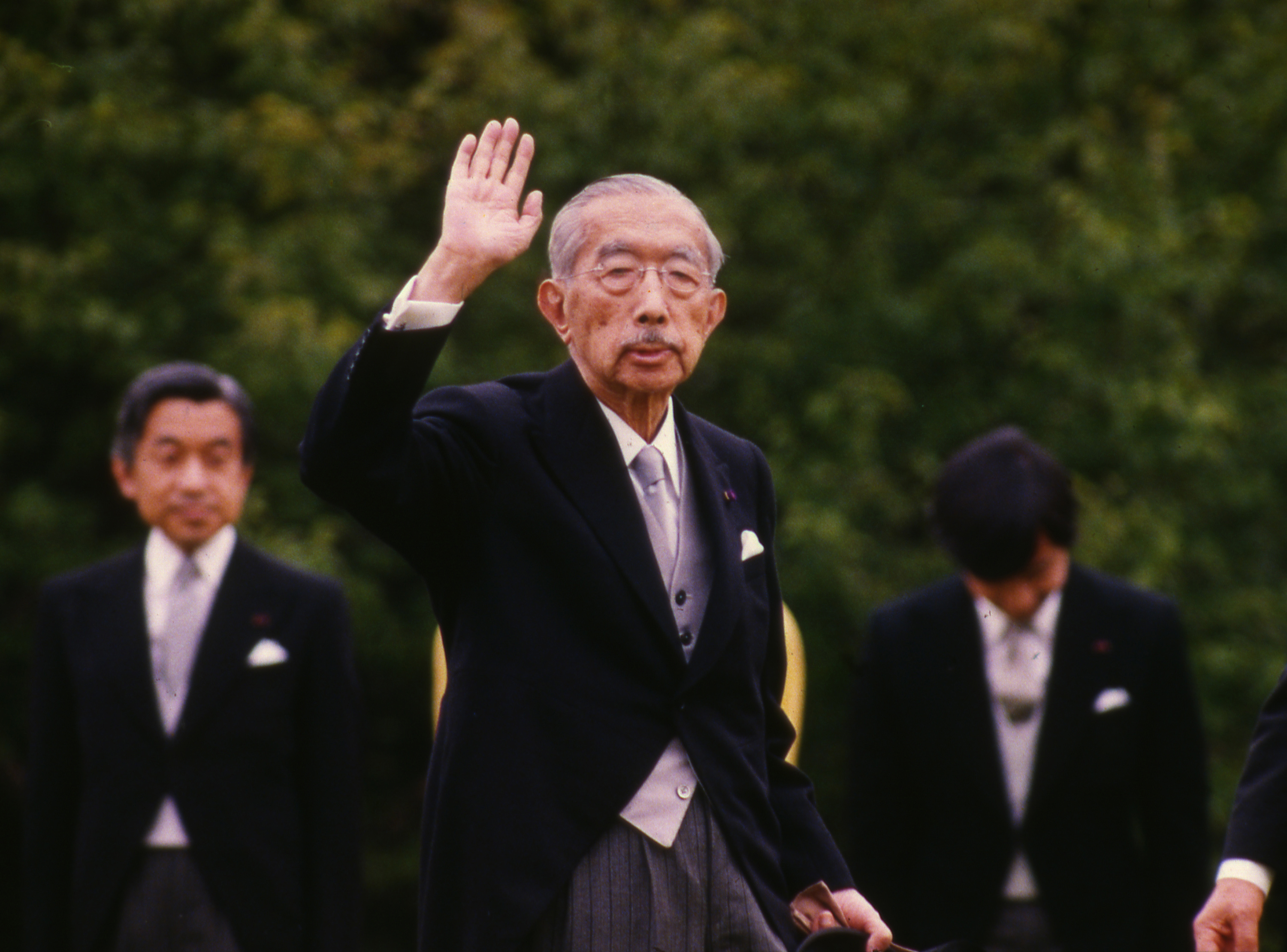Between July 30 and Aug. 2, 1945, when most of Japan's cities, including Tokyo, lay in smoldering ruins from U.S. aerial bombing and Hiroshima and Nagasaki were days away from being incinerated by American nuclear weapons, Emperor Hirohito sent an envoy to several Shinto shrines to pray for the "crushing defeat" (gekiha) of the enemy. What was he thinking?
The question of why Emperor Showa, as he is posthumously known, thought and behaved as he did at crucial moments during his long reign has again been rekindled. One of its starting points is the visit he took to the Grand Shrines of Ise on Dec. 12, 1941, just after he had sanctioned the bombing of Pearl Harbor that ignited Japan's suicidal war with America. At that time the Emperor prayed for peace.
Recently, the liberal Mainichi newspaper said of the Ise visit that Hirohito had "prayed for victory." The Mainichi's source was Michio Kinoshita, the Emperor's vice grand chamberlain in 1945-46. The Mainichi found, however, that documents in the Emperor's newly released official biography failed to resolve the question of who was responsible for Japan's catastrophic wars and why those wars could not be avoided.



















With your current subscription plan you can comment on stories. However, before writing your first comment, please create a display name in the Profile section of your subscriber account page.